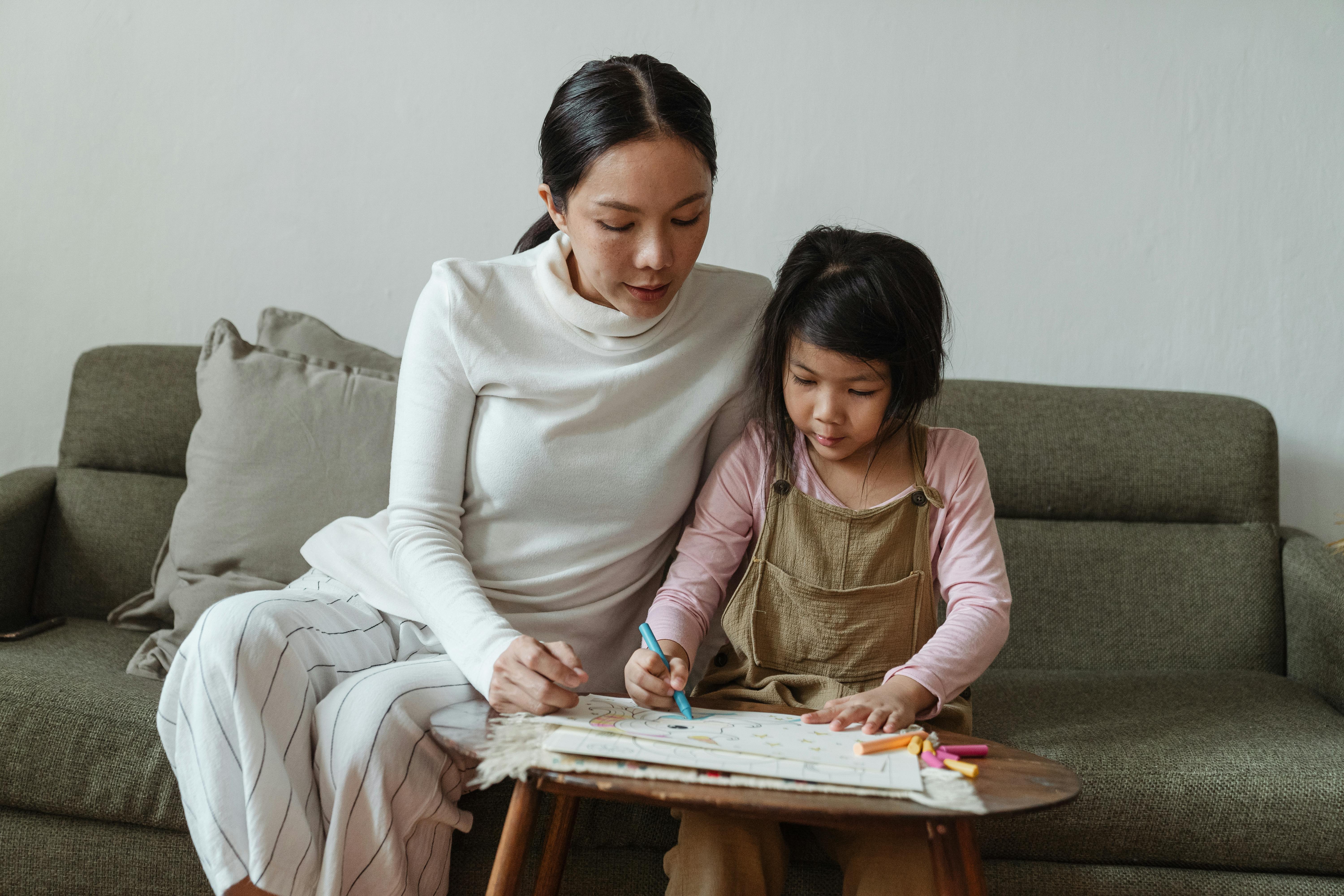
The music and dance that developed on the Malay palace stage as classical art or tradition is called joget gamelan. The dance is accompanied by music played in Malay Gamelan. [Gamelan Melayu].
In the 18th century (and perhaps earlier) it was known that there was a tradition of gamelan dance and music in the Riau-Lingga palace. In 1811, the royal family of Riau-Lingga and the family of a high court official (Bendahara) de Pahang celebrated a royal marriage. In this celebration, the gamelan instruments and dancers moved from the Riau-Lingga Palace to reside at the Pahang court. In the mid-19th century, gamelan music and dance developed at the court of Pahang and became known as the gamelan Pahang or the joget Pahang. Several gamelan instruments from this period still exist and are on display in the Palace Museum in the city of Pekan in Pahang.
At the beginning of the 20th century, the Pahang gamelan and the palace dancers were transferred to the Trengganu court to celebrate another royal marriage. In 1913, Sultan Sulaiman of Trengganu married Tengku Mariam, the daughter of the Sultan of Pahang. Tengku Ampuan Mariam had experience as a dancer in the joget gamelan tradition and for her wedding the orchestra, musicians and dancers moved to the Maziah Palace in Kuala Trengganu.
From 1913 to 1942, both the King and Queen of Trengganu were actively involved in the development and patronage of the joget gamelan. It was during this time that certain aspects of music and dance differentiated the Malay style from the original Javanese model of the 19th century. These aspects included the dance movements, the costumes, the change in the tuning system of the musical instruments, the instrumentation of the orchestra, and also the use of melodies not originating in the Javanese tradition. As a result of these changes, the musical tradition changed its name to ‘gamelan Melayu’ and ‘joget gamelan’. These terms are used to this day to refer to a tradition of music and dance that developed in the context of the Trengganu court. Formerly, under the patronage of the king, the joget gamelan functioned as entertainment for the nobility during the coronation of a new sultan, for birthdays, engagements, marriages, and to receive and honor official visitors from the state.
Although representations of this form were stopped during World War II, it was revived in the 1960s and further developed, but outside the palace and without the patronage of the Sultan. Today, the gamelan joget is performed for various purposes, including entertainment for the general public, during official state celebrations, and for new dramas and dance compositions.
Malay gamelan along with new and old compositions can be heard today in most of the country’s higher education institutions, including the National Academy of Arts in Kuala Lumpur. Today, much of the old repertoire has been lost and forgotten. All dances are entirely interpretive since the dance movements themselves explain the activity or intention in a given story. The stories, then, based on Panji’s tales, epics, and folk tales, are presented through dance to music.
Each dance has its own piece of music with a specific name. For example, the dance called Timang Burung (which portrays a princess who catches a bird and her bridesmaids who dance imitating the movements of the bird) is accompanied by the piece that is also called Timang Burung. A certain dance drama can be created based on a certain story using several different dances and melodies from the repertoire. In this tradition, women are the dancers, while men are the musicians of the orchestra. All artists are trained for many years before it is considered that they can perform well. Today, composers also compose melodies and new compositions for Malay gamelan in the context of dance dramas, instrumental pieces, and vocal pieces with instrumental accompaniment.